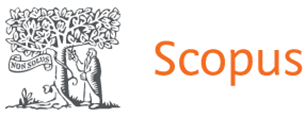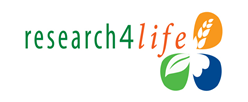Model of the Development of Creative Thinking Primary School Students in the Process of Extracurricular Work
DOI:
https://doi.org/10.15330/jpnu.10.1.144-151Keywords:
model, development, creativity, thinking, primary school studentsAbstract
The article considers the possibilities of modeling based on which a model of the development of creative thinking primary school students in the process of extracurricular work is theoretically justified and developed, which has three components: the first component is the parts of creative thinking, namely: creative imagination, the ability to speak new and associative and figurative thinking. The second component is the methods of development creative thinking, within the scope of the study they were defined as: educational and developmental methods, motivational methods and creative and productive methods. The third component is pedagogical conditions for the development of creative thinking. Pedagogical conditions included: activation of creative activity, which is realized through the activation of thinking, creative imagination, observation of each student; giving the teacher freedom of action to demonstrate his creative abilities while performing tasks aimed at developing creativity; the introduction of game moments that motivate the creative activity of students, give an opportunity to be realized in a more favorable, psychologically positive atmosphere; the ability to create a sense of satisfaction and joy from success in students, the development of creativity; creation of an art space: a classroom, relaxation art corners, a hobby workshop, a gallery of student creativity; the use of innovative technologies in the process of extracurricular activities, for example, project activities.
It was determined that in accordance with the characterized pedagogical conditions, it is appropriate to use certain groups of methods: educational and developmental, aimed at identifying the creative potential of students and directing it to the formation of creativity structural components; motivational, which should interest students in the process of learning about the new, unknown, actualize knowledge bases, promote active creativity in the process of extracurricular activities; creative and productive, which summarize the mastered material, reflect the quality and level of specific knowledge, skills and abilities acquired in the lessons; creative learning methods, which include those that are traditionally intuitive: brainstorming, empathy, etc.
It’s confirmed that within the framework of the implementation of this model, the main task of the teacher is to manage the processes of creative search: creating a situation of creative activity of primary school students, developing their imagination, associative thinking, the ability to understand patterns, the desire to constantly improve, to solve more and more complex creative problems.











